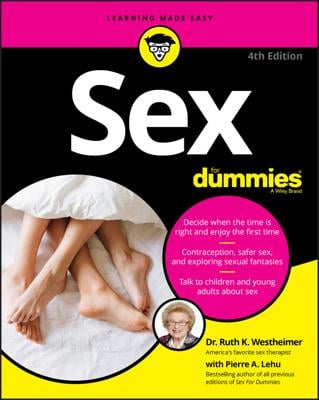More than 30 STDs (sexually transmitted diseases) exist — and three of them are public lice (crabs), trichomoniasis, and the Molluscum contagiosum virus. Knowing about STDs can help you identify which one you have contracted and how to deal with it.
Pubic lice (crabs)
Pubic lice, also called crabs or cooties, can be spread not only by sexual contact but also by coming in contact with infected bedding, clothing, and toilet seats. Their bites cause intense itching. Because they are visible to the naked eye, you can check yourself if you have any symptoms. The lice are the size of a pinhead, oval, and grayish, unless they are filled with your blood, in which case they are more orange.
You can treat pubic lice yourself with over-the-counter medications including Kwell, A-200, and RID. In addition, you should thoroughly wash or dry-clean all bedding and clothing that has come into contact with the lice.
Trichomoniasis
Usually called “trich,” trichomoniasis is one of the most common vaginal infections, causing about one-fourth of all cases of vaginitis. Many women have no symptoms, and men rarely have symptoms. Symptoms that can appear include a frothy, often musty-smelling discharge and itching in the vaginal area. Sometimes people also experience an increased urge to urinate.
Doctors can treat trichomoniasis with antibiotics, and any sexual partners should be treated as well to prevent reinfection.
Molluscum contagiosum
The Molluscum contagiosum virus can cause a small, pinkish-white, waxy-looking, polyp-like growth in the genital area or on the thighs. It is spread by sexual intercourse but can also be spread through other intimate contact. Doctors can usually treat it by removing the growths either with chemicals, electric current, or freezing.

